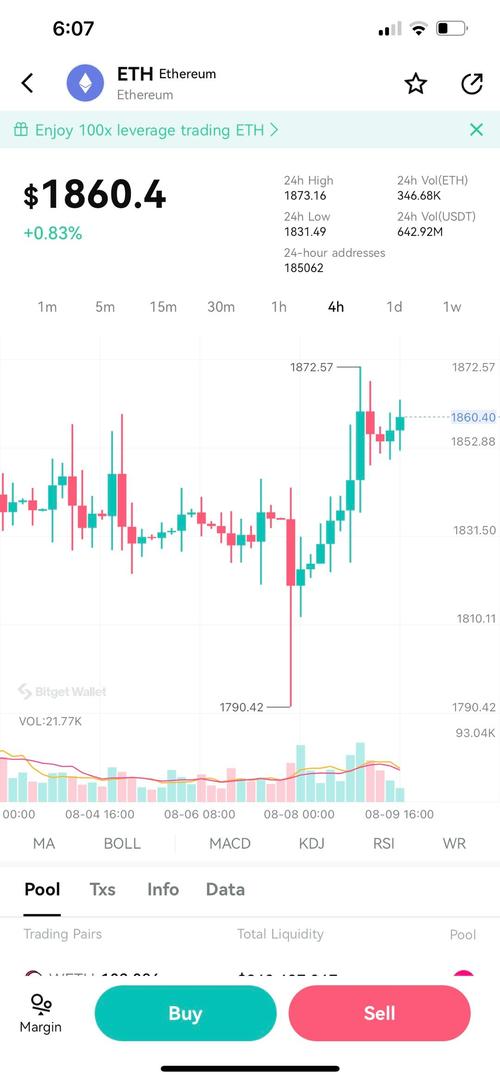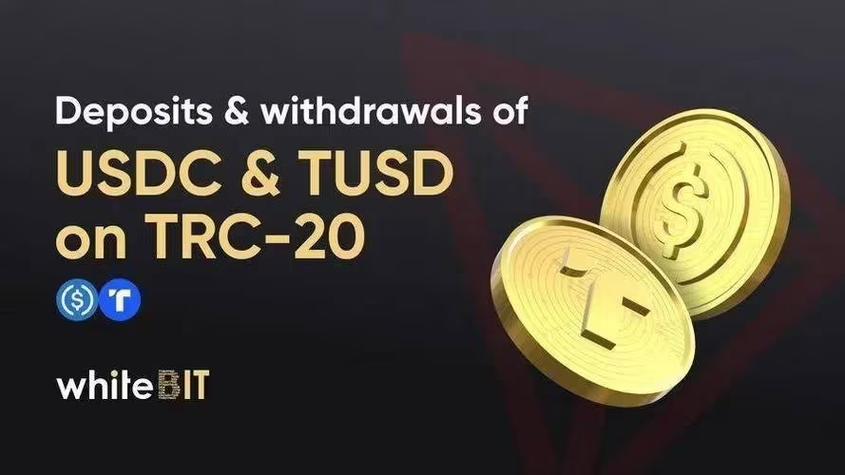
Understanding ERC20 vs ETH: A Comprehensive Guide
When diving into the world of cryptocurrencies, it’s essential to understand the differences between various tokens and the underlying blockchain they are built on. Two of the most prominent players in this space are ERC20 tokens and ETH, the native cryptocurrency of the Ethereum network. In this detailed comparison, we’ll explore the nuances of both, helping you make informed decisions about your investments and understanding their roles within the crypto ecosystem.
What is ERC20?
ERC20 is a technical standard for smart contracts on the Ethereum blockchain. It defines a set of rules and regulations that tokens must adhere to in order to be considered ERC20 compliant. These tokens are built on top of the Ethereum network and are designed to be fungible, meaning each token is identical to every other token of the same type.

Here are some key features of ERC20 tokens:
| Feature | Description |
|---|---|
| Fungibility | Each token is identical to every other token of the same type. |
| Transparency | Transactions are recorded on the Ethereum blockchain, making them transparent and verifiable. |
| Interoperability | ERC20 tokens can be used across different platforms and applications that support the Ethereum network. |
| Standardized Functions | ERC20 tokens have standardized functions for transferring, approving, and querying token balances. |
What is ETH?
ETH, short for Ethereum, is the native cryptocurrency of the Ethereum network. It serves as the primary currency for transactions on the network and is used to pay for gas fees, which are required to execute smart contracts and other operations on the Ethereum blockchain.
Here are some key features of ETH:
| Feature | Description |
|---|---|
| Utility | ETH is used to pay for gas fees on the Ethereum network. |
| Decentralization | ETH is decentralized, meaning it is not controlled by any single entity. |
| Scalability | ETH is designed to support the development of decentralized applications (DApps) and smart contracts. |
| Market Value | ETH has its own market value and can be traded on various cryptocurrency exchanges. |
Comparison: ERC20 vs ETH
Now that we have a basic understanding of both ERC20 tokens and ETH, let’s compare them across several dimensions:

Functionality
ERC20 tokens are built on top of the Ethereum network and are designed to be used as a medium of exchange, a store of value, or a representation of ownership in a particular asset or service. ETH, on the other hand, serves as the primary currency for transactions on the Ethereum network and is used to pay for gas fees.
Market Value
ETH has its own market value and can be traded on various cryptocurrency exchanges. ERC20 tokens, on the other hand, have their own market value, which is determined by supply and demand factors. While some ERC20 tokens may have significant market capitalization, many are much smaller and less liquid than ETH.
Transparency and Security
Both ERC20 tokens and ETH are built on the Ethereum blockchain, which is known for its transparency and security. Transactions are recorded on the blockchain, making them verifiable and immutable. However, the security of individual ERC20 tokens may vary depending on the smart contract code and the development team behind them.
Interoperability
ERC20 tokens are designed to be interoperable with other Ethereum-based applications and platforms. This means that they can be used across different decentralized finance (DeFi) platforms, exchanges, and wallets that support the Ethereum network. ETH also enjoys interoperability, as it can be used to pay for gas fees on the Ethereum network and can be traded on various exchanges.



